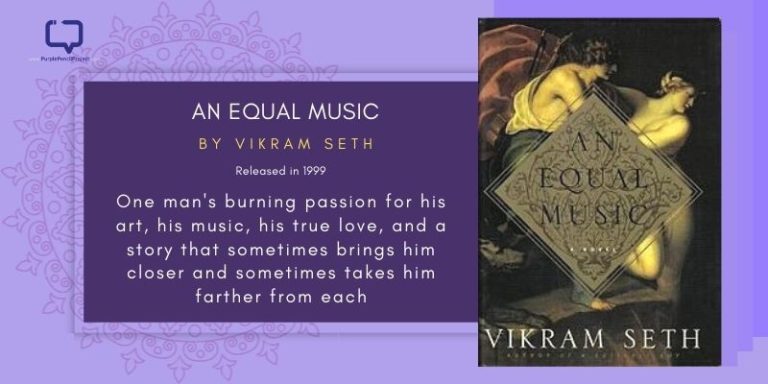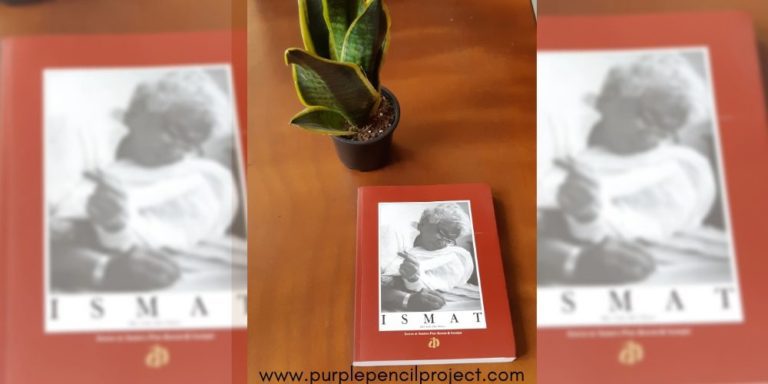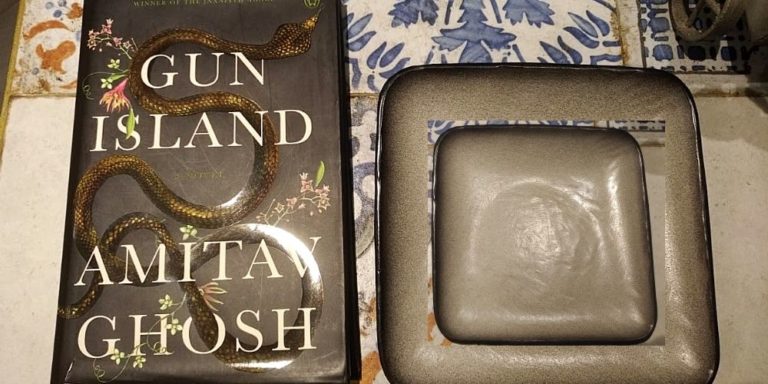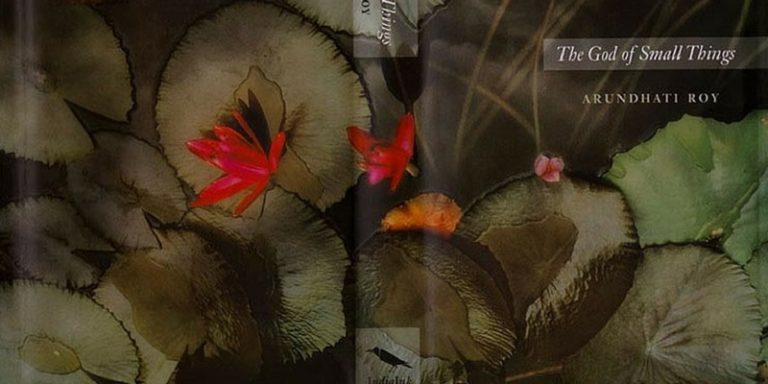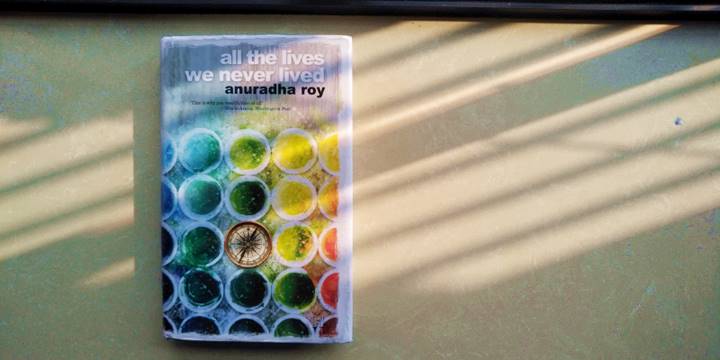Translated from the French by Vidya Vencatesan
A human saga that is both bleak and epic, The Cane Cutter’s Song tells the story of the indentured Tamil labourers who had been lured with the hope of a better life in America but landed in the French Colony of Martinique. Here, they had to toil in the sun, day in and day out, to cut sugarcane. Raphael Confiant is one of Martinique’s most prolific writers who write in both French and Creole. In this book, history and literature come together to bring alive 19th-century sugarcane plantations of Martinique, to trace the history of Tamil life in the Caribbean.
History of Martinique
Sugarcane was first planted around the 17th Century in the French colony of Martinique and slaves from Africa were shipped to work on the plantations. When slavery was abolished in 1848, Indian and Chinese workers from French and British colonies were brought in to work as indentured labourers. They were lured by the hope of a better life in America when they signed a five-year contract. They had no clue about the inhuman conditions in Martinique and the arduous journey they had to take to reach there.
Adhiyaman Dorassamy, his wife Devi and their two sons flee from Madurai, Tamil Nadu in the hope of a better life. Branded as Tamil ‘coolies’, they were considered the lowest of the low in their society just like untouchables in the traditional Varna system. They desperately hold on to life with the hope of returning to their motherland someday. But all their hopes are dashed when Indian emigration is outlawed. The rest of the story is about how they had to move on in order to survive.
“Deep down, the Creole world was similar to ours with its own castes and taboos. Right on top, the Békés – Brahmins; in the middle the Mulatto – Vaishyas, and at the bottom the Negro – Shudras and still further down, we others, the Indians cast as the pariahs.”
The Journey of a Tamil family out of the caste-system
White Adder, the British ship with its British Captain and crew was the one to transport these Tamil labourers to Martinique. God-fearing Tamil labourers were guilty of having crossed the Sea of Fire (Pacific Ocean) and Sea of Darkness (Atlantic Ocean). Though people onboard were mostly lower caste, there were few Vaishyas on the ship and the class divide and discrimination were evident. Two Vaishyas kill a lower caste man in a hustle. They had to brave violent storms and a smallpox epidemic on the ship for their indulgence in kaala paani. Tamil Coolies fervently prayed to Mariamman – the lady Goddess – to sail them safely. In the end, it came down to a Muslim man’s prayers that saved them from the storm miraculously by Nagourmira, a guardian spirit. They overcame all these hardships only to face perhaps worse conditions in Martinique.
Sugarcane, the crop that wrote a story
The French settled on the Caribbean islands in the late 17th Century, and they wanted to exploit the resources of the island. They enabled the slave trade from Africa to accomplish the task. The slave trade boomed and the first coffee was produced. However, the cultivation of coffee proved costly, and the settlers turned to sugarcane. Black slaves worked on sugarcane plantations until slavery was abolished in 1848 when Indian indentured labourers were brought in. Still, sugarcane continued to thrive.
The labourers worked in Courbaril Plantation under a tyrannical French master who assigned cutting cane stalks to Indians and any mechanical work to ‘Negroes’. Sugarcane reigns supreme in this country. It has shaped the country and benefits the Whites totally though they have not done anything for it. It is used to make sugar, to distil rum liquor at the cost of eating the blood and soul of the labourers.
“Her hunger is never satiated; she does not stop demanding alms, more alms and still more alms. Sugarcane, o avatar of the monster Varahi! You have dragged us mercilessly from the cotton fields of Madras, from the paddy fields of Canton and from the forests of Congo, with false promises of happiness. You plunged us into a terrible torpor before crushing us; from now on, we will be the dregs of the earth. But in front of Mariamman, so beautiful and dressed in saffron, our Goddess without a face, you must admit defeat!”
On the translation
The original book La panse du chacal (The Belly of Jackal) in French was first published in 2004. The author tells the story in a potpourri of French, Creole and Tamil reminding us that there is no culture without language. The translation pays full respect to that with Vidya choosing to toggle between English, French, Creole and Tamil. She has held back keywords from French, Creole and Tamil as such and a glossary is provided at the end of the book for the reader’s convenience. A big kudos to the translator for bringing this book without missing out on the culture and languages for it plays a huge role in understanding the historical and cultural narrative to the fullest.
Conclusion
The narrative of The Cane Cutter’s Song goes back and forth in time between the three locations where the story takes place: in India, on the ship and in Martinique. There are a plethora of characters with different cultures, race and ethnicity and it can get a tad confusing especially with alternating timelines. The book demands complete attention of the reader. Overall, a great read about the lesser-known tale of Tamil Indian emigrants in the Caribbean.










